Description
| Species | Agaricus augustus |
| Difficulty ℹ️ | 🍄🍄🍄🍄 |
| Spore Coloration | Brown |
| Ecology | Saprotrophic |
| Edibility | Choice |
This stunning species, sometimes called “the Prince,” is fairly common in California and the Pacific Northwest. It grows under conifers, but is not usually a woodland species; it seems to prefer conifers growing near roads, paths, gardens, parks, and so on. Agaricus augustus is fairly easily identified by its large size, its scaly brown cap, and its strong odor, which is sharp and reminiscent of almonds. A few similar species can be eliminated by adding the Prince’s white-then-brown (never pink) gills to the list of distinguishing features, along with its scaly stem.
This mushroom is a choice edible, and is collected widely for consumption in Eurasia, the United States, Canada and some parts of Mexico. A. augustus has been implicated in specifically bioaccumulating the metal cadmium, with a quantity of 2.44 mg per kilogram of fresh weight as recorded in one Swiss study. The same phenomenon is true for other edible species of Agaricus, namely A. arvensis, A. macrosporus and A. silvicola, though quantities may vary greatly depending on species, which part of the fruiting body is analysed, and the level of contamination of the substrate. Specimens collected near metal smelters and urban areas have a higher cadmium content. The hymenium contains the highest concentration of metal, followed by the rest of the cap, while the lower part of the stem contains the least.
The fruiting bodies of Agaricus augustus are large and distinctive agarics. The cap shape is hemispherical during the so-called button stage, and then expands, becoming convex and finally flat, with a diameter from 8–30 cm (3–12 in). The cap cuticle is dry, and densely covered with concentrically arranged, brown-coloured scales on a white to yellow background.
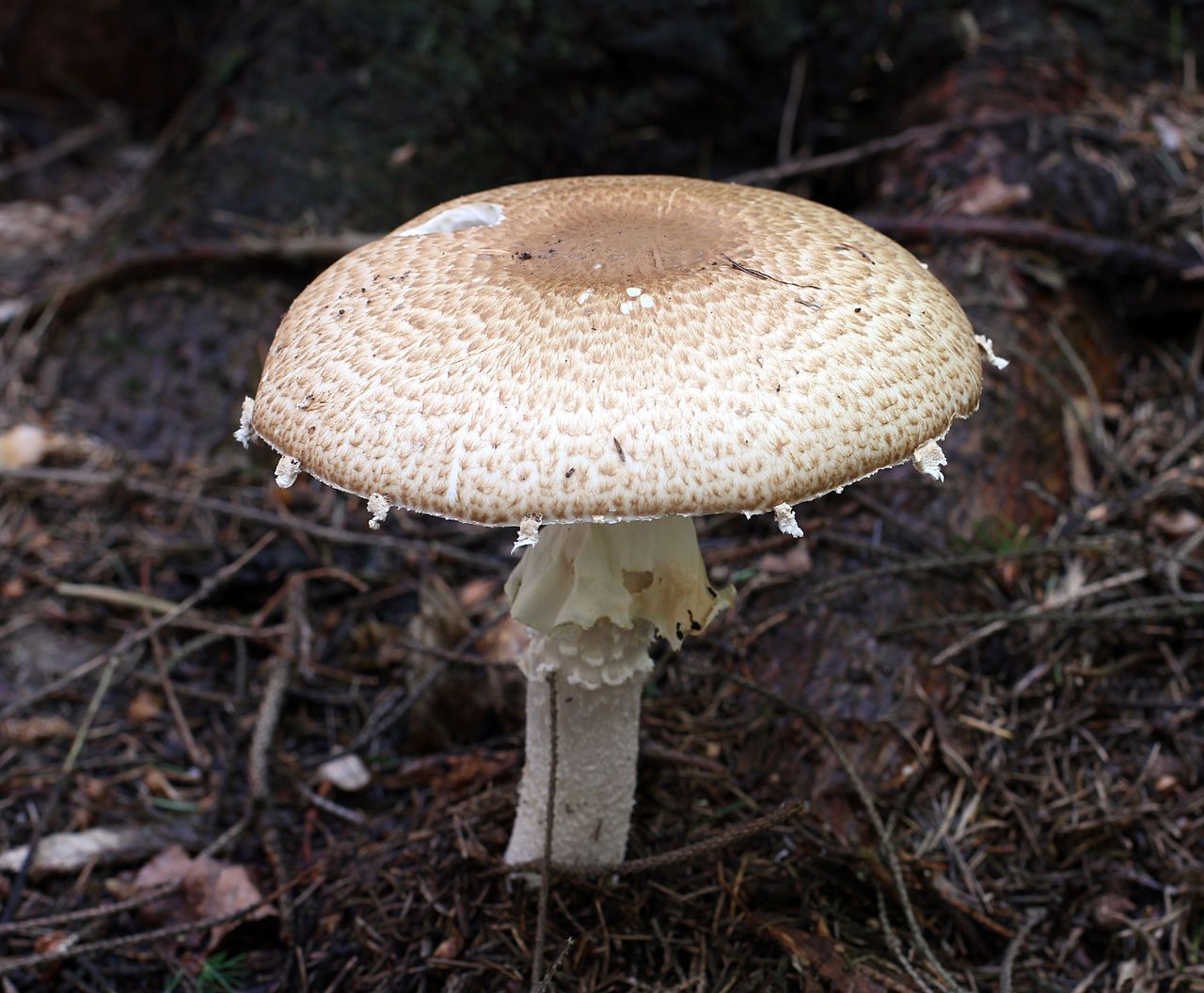
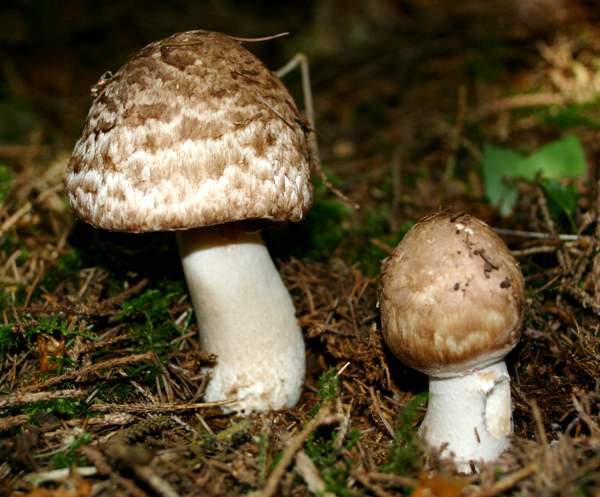
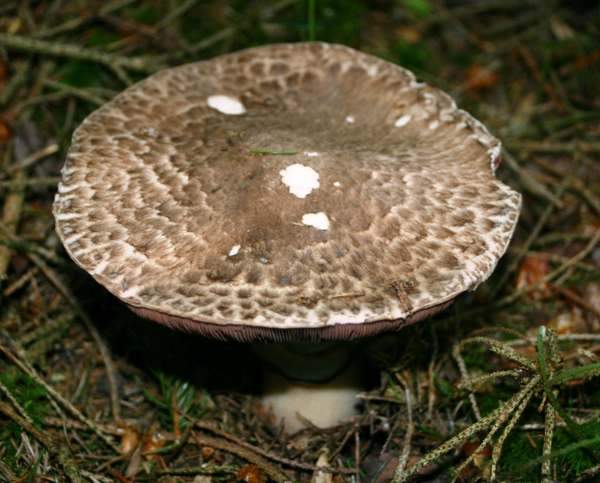
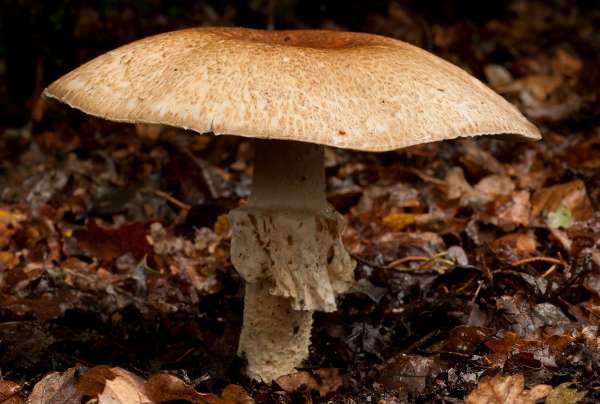
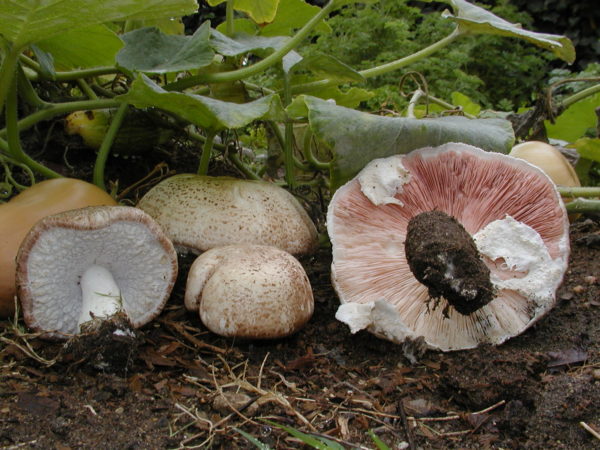
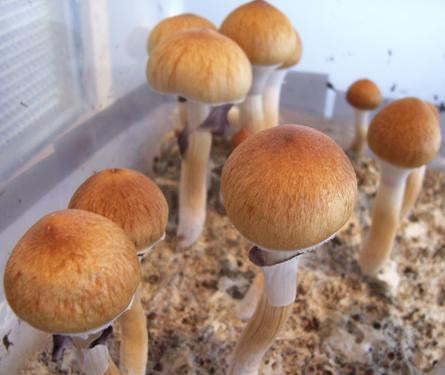

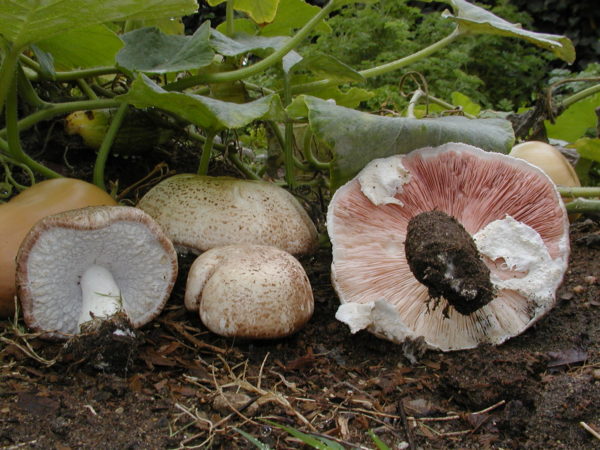
Reviews
There are no reviews yet.